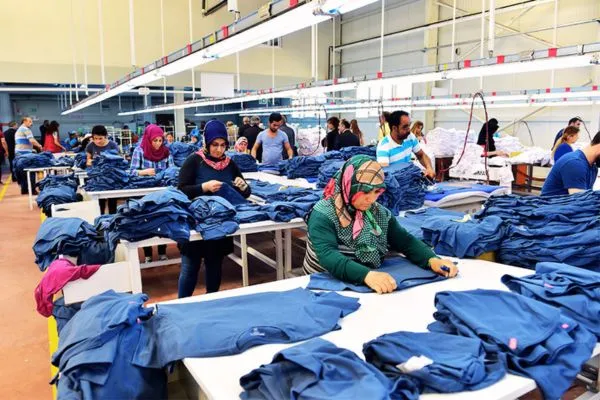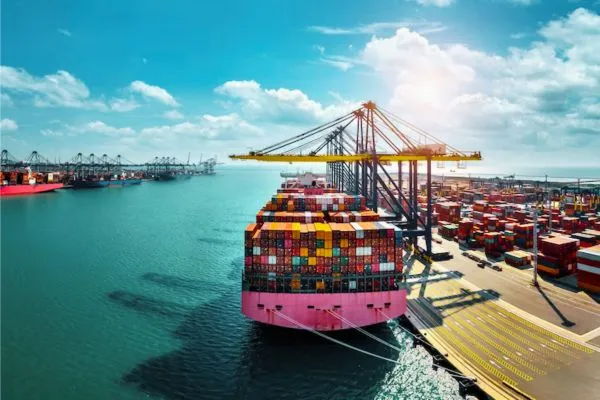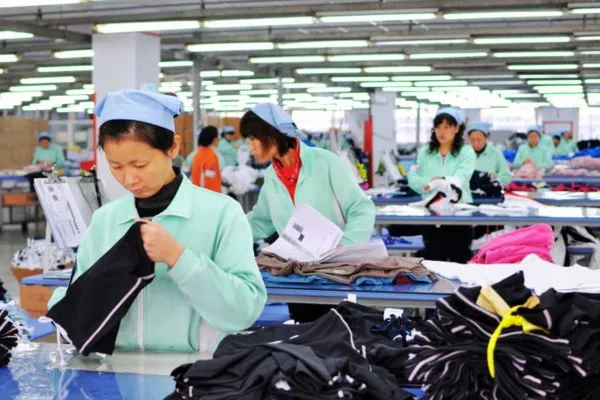Apparel international trade plays a significant role in the global economy. It impacts numerous aspects beyond just fashion trends. Here are the key points of apparel international trade importance with supporting data and data sources:
Table of Contents
A) Economic Contribution:
- Value: The World Trade Organization (WTO) reports global apparel exports reaching $463 billion in 2021. It represents 5.2% of the total merchandise trade. (Source: World Trade Organization, World Trade Statistical Review 2022).
- Job creation: The International Labour Organization (ILO) estimates that the apparel industry employs 75 million people directly. Indirectly involved in supporting industries like cotton farming and yarn production. (Source: International Labour Organization, World Employment and Social Outlook – Textiles, Clothing, Leather and Footwear 2022).
- Manufacturing share: The sector accounts for 8% of global industrial output. (Source: United Nations Industrial Development Organization, Statistical Database).

B) Trade Patterns:
- Dominant players: China is the undisputed leader in apparel exports, accounting for 33% of the global market share. Then it’s followed by Bangladesh (10%), Vietnam (8%), and India (7%). (Source: World Trade Organization, TradeMap database).
- Regional hubs: Asia dominates exports, accounting for 70% of the global share. Europe and North America are the major import destinations. (Source: International Trade Centre, Trade Map).
- Shifting dynamics: Trade agreements like the Trans-Pacific Partnership (TPP) and Regional Comprehensive Economic Partnership (RCEP) are reshaping trade patterns, potentially leading to increased intra-regional trade. (Source: Peterson Institute for International Economics, Trade Brief: The Regional Comprehensive Economic Partnership (RCEP)).

C) Development Impact:
- Export-driven growth: The apparel industry has been a key driver of economic growth for many developing countries, providing vital foreign exchange earnings and creating employment opportunities. (Source: World Bank, World Development Report 2022: Finance for a Fairer Future).
- Poverty reduction: Studies by The World Bank and the International Labour Organization suggest that apparel exports can contribute to poverty reduction by generating income and empowering women, who make up a large portion of the workforce. (Source: The World Bank, World Development Report 2016: Digital Dividends).
- Challenges remain: Concerns exist regarding fair labor practices, environmental sustainability, and the vulnerability of developing countries to trade protectionism in developed markets. (Source: Oxfam International, Behind the Price Tag: Fast Fashion’s Impact on People and Planet).

C) Looking Ahead:
- Technological Developments: Automation and digitalization are expected to transform the industry, impacting production costs, supply chains, and job profiles. (Source: McKinsey & Company, The Future of Manufacturing in Fashion).
- Sustainability: Consumer demand for eco-friendly and ethically produced clothing is rising, pushing manufacturers to adopt sustainable practices. (Source: Global Fashion Agenda, Pulse of the Fashion Industry Report 2023).
- Trade policies: The future of apparel trade hinges on navigating ongoing trade tensions and ensuring fair and open trade policies that benefit all stakeholders. (Source: World Trade Organization, World Trade Report 2023).

Latest Statistics of the Apparel Industry:
- The global apparel market has reached more than $1.7 trillion by 2023 and is expected to be 2.25 trillion by 2025. (Source: Statista, Global Apparel Market – Statistics & Facts).
- The United States remains the largest apparel importer, with a $139 billion import bill in 2021. (Source: U.S. Census Bureau, Trade in Goods).
- The European Union is the second-largest importer, with $100 billion in apparel imports in 2021. (Source: Eurostat, External Trade Statistics).

You may like also: Importance of Apparel Industry in Bangladesh
